How Gen Z Is Driving — and Changing — Luxury Beauty
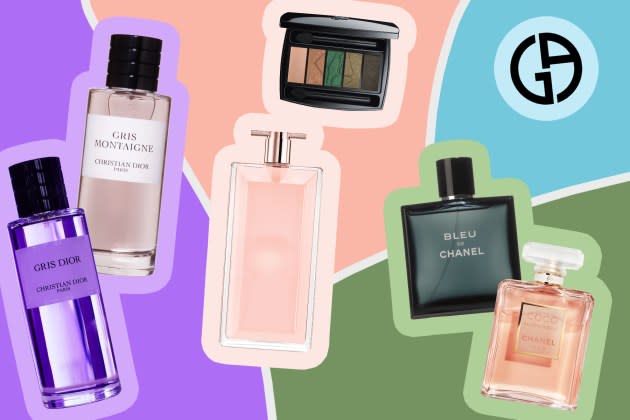
Members of beauty’s most esteemed old guard are gaining newer, younger loyalists.
Luxury heritage brands like Chanel, Dior, Prada and La Mer across categories are catching the coveted eyes and wallets of Gen Z shoppers as that demographic ages into the workforce.
More from WWD
Companies’ marketing efforts reflect that. Young celebs like 31-year-old Austin Butler, 20-year-old Jenna Ortega and 22-year-old Emma Chamberlain have become sought-after beauty ambassadors, and high-end brands are rethinking distribution to include Gen Z-friendly partners like Ulta Beauty and Amazon.
NielsenIQ data says that 61 percent of Gen Z shoppers are buying luxury beauty — higher than Gen X and Boomers, but two percentage points under Millennials — with that spend growing at the same pace at the mass market. Gen Z is also outspending Millennials in facial skin care and hair care, while the two are neck-and-neck in makeup.
Those increases in spend come at a time of growth for beauty. According to first-half data from Circana, prestige beauty is the only industry in CPG that is seeing unit growth, having grown 15 percent to a total sales volume of $14 billion. Each category drew double-digit gains as well.
The spending spikes in luxury come after years of appeals to Gen Z in the mass market, with value-driven brands seeking to democratize efficacious formulas with low price points and social media-friendly packaging.
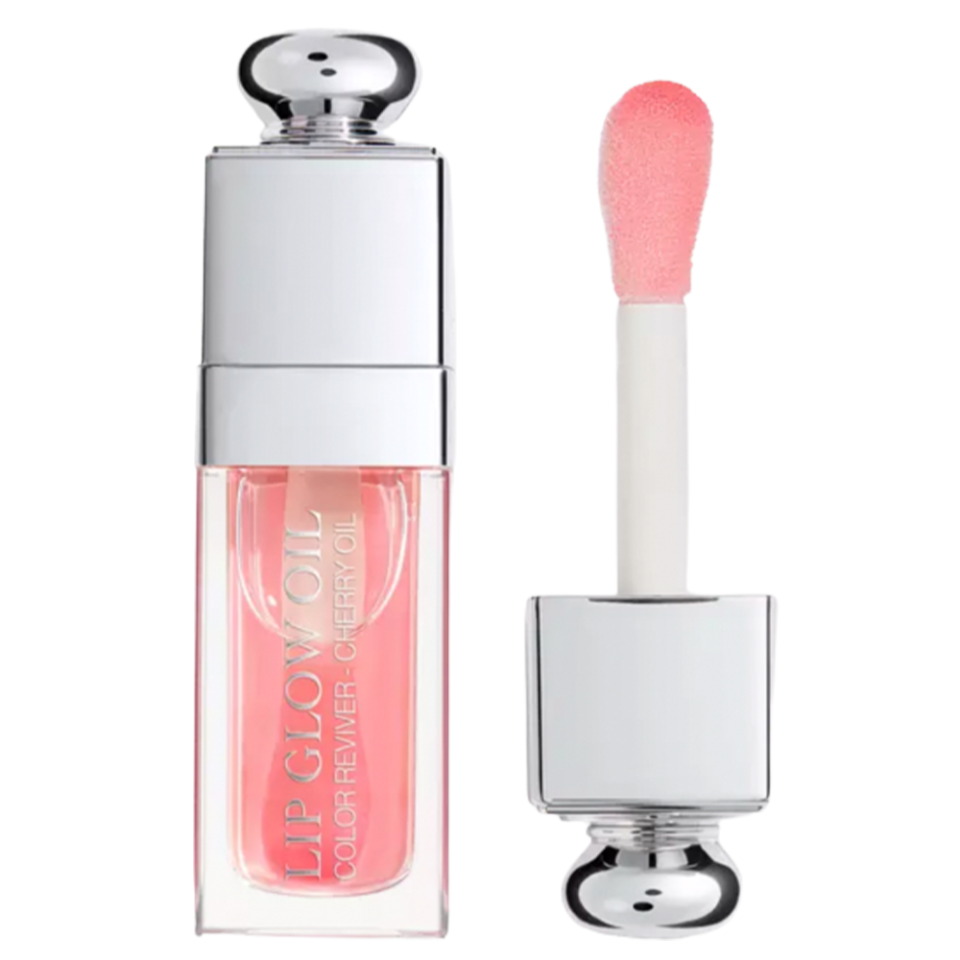
But times are changing and as the cohort grow up, many are embracing aspiration as much as accessibility. “Gen Z is certainly not a monolith, and especially coming out of the pandemic, there are a lot of divergent viewpoints in regards to spend in general, in regards to luxury and in regards to lifestyle,” said Ziad Ahmed, founder of Gen Z consultancy Juv Consulting. “Some people have really embraced an era of indulgence.”
Ahmed posited that part of the phenomenon, too, is that Gen Z has simply aged up into being able to afford luxury goods, simultaneous with the soaring prices of luxury accessories. “Some Gen Zs can now afford luxury,” he said. “Gen Z is graduating and working, so that means Gen Z is buying higher-price-point goods. That’s inherent in the fact that the oldest ones can now afford these things.”
Gen Z is roughly 60 million consumers strong, per Mintel. In a survey conducted by that firm, 60 percent of Gen Z respondents were identified as being “financially healthy,” which is defined as “covering expenses with capital left to indulge in luxuries or add to their savings.”
Per Piper Sandler’s annual Taking Stock of Teens survey, the core beauty wallet grew 19 percent to $313 annually in 2022.
“We are now aging into a demographic that can afford these things, and a lot of that has to do with a mindset around investment,” Ahmed said. “It’s this idea that things are being seen as long-term investments when being bought.”
Ahmed added that while Gen Z has propensities to luxury brands, a brand name alone isn’t enough to capture Gen Z shoppers. “There’s this idea that you should pay more for something because a brand is well known. That’s something we’re increasingly critiquing,” he said. “It’s more, ‘I’ll pay more for something, but why? Is it actually higher quality? Are they paying their workers equitably?’ Luxury should not be on the base of an archaic legacy brand name, but it should be luxury on the basis of craftsmanship, of sustainable practices and of labor practices.”
It’s that quality-intensive communication that’s resonating with shoppers, brand executives agree. Jane Hertzmark Hudis, executive group president, the Estée Lauder Cos., reasoned that Gen Z’s aptitude for performance has driven the resurgence in products such as Clinique’s Almost Lipstick in Black Honey.
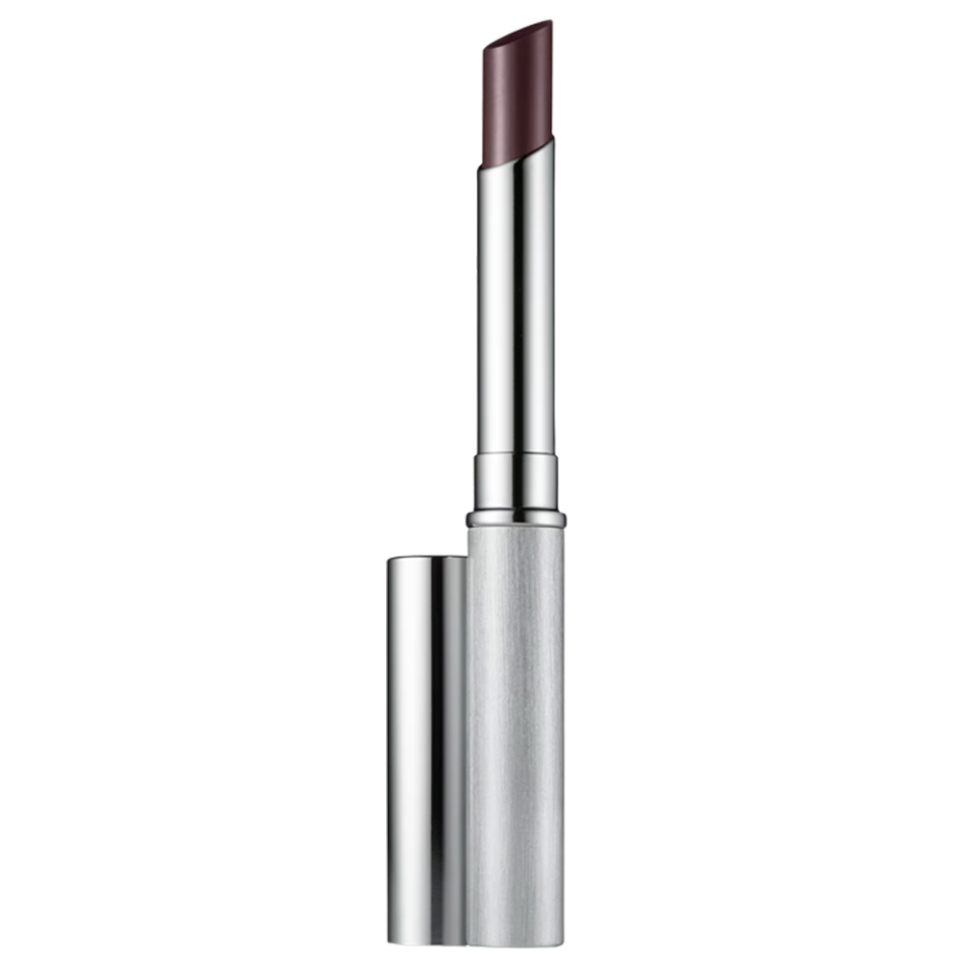
“They’re evolved, involved and super knowledgeable and smart. They’ve taught us a lot, and they’ve changed the industry a lot,” Hudis said, adding that the impact of Gen Z ranges from rethought digital experiences to purpose-driven initiatives.
“The Gen Z interest in precision and performance is a big part of what’s driving them. If a product delivers — and that’s the most important — they will be into it,” Hudis said. “The other side is sustainability, purpose and values,” she continued, citing La Mer’s Blue Heart campaign, which supports ocean conservation, as an example.
Beyond that, the experience of buying, using and replenishing luxury products has also helped those brands cut through the clutter.
“It’s a bit surprising given that you would assume, given the elevation and price points, that maybe it’s not the right target audience. But what we find with Gen Z is that they very much want personalized experiences and much richer connections to brands and to products,” said Megan Grant, president of L’Oréal USA’s Luxe division, which encompasses brands like Lancôme, Yves Saint Laurent and Giorgio Armani, among others.
“They therefore seem to value luxury much more than you would anticipate, because luxury products can give you that one-on-one personalization, that seamless journey when you’re buying online, or that personal touch that’s happening in those stores,” Grant said.
The key differentiator between Gen Z and previous generations seems to be the amount of touch points on the journey to purchase. “It isn’t what it used to be, when there were two touch points on a consumer journey: print [media] and in-store,” Grant said.
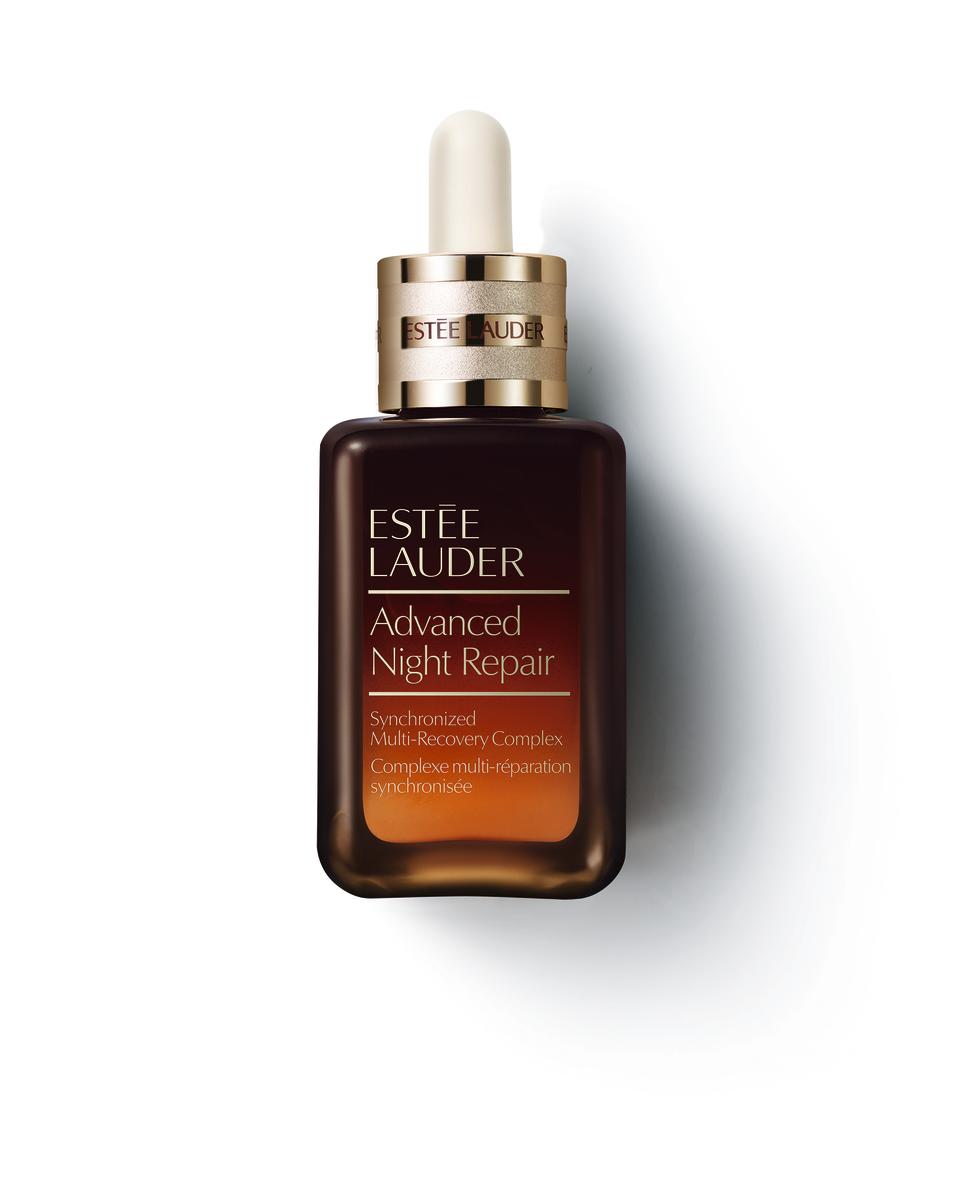
“The recruitment with Gen Z is that there’s this real balance of accessibility and approachability, but very much married with the high end of creating desirability,” she continued. “For example, TikTok is obviously an important part of the recruitment of Gen Z… and then finding those experiential moments, having a pop-up in Soho, for example, where you find Gen Z is very engaged. It’s not necessarily driving purchase right away, but going through all their other touch points of purchase.”
There are a few other means through which to access Gen Z. Going viral on social media is one — as with products such as Dior’s Lip Glow Oil, Estée Lauder’s Advanced Night Repair and Parfums de Marly’s Delina. But increasingly, brands are being quite targeted in their approach, as with Chanel’s recently opened fragrance and beauty boutique in Williamsburg in July. “We look to establish a presence in markets where our chanel.com clients are most concentrated to further build upon those existing relationships with omnichannel experiences, as well as in markets where we believe there is a high potential to build new client relationships,” said Barbara Menarguez, Chanel’s general manager, when the store opened. “We’re seeing that our boutiques attract a client that is majority new to Chanel and they skew more heavily toward Gen Z than many other points of distribution.”
When Chanel talks about meeting Gen Z on its own turf, they mean it. In 2022, the brand entered Ulta Beauty with Chanel No. 1, a sustainably minded range of color, skin care and fragrance that was exclusive to the retailer. Since then, Ulta has gone deeper into high prestige, introducing a luxury assortment for the first time earlier this year with brands including Parfums Christian Dior, Lancôme and Tom Ford Beauty.
The move was driven in part by Gen Z’s higher intent to purchase luxury beauty goods than preceding generations. Maria Salcedo, senior vice president of merchandising at Ulta Beauty credits the robust marketing strategies of such brands with sparking desire. “In general, luxury is more present in their life than it was for prior generations because of social media, influencers and celebrities. It’s all top of mind,” Salcedo said. “We think that definition of luxury for Gen Z is a very sophisticated definition of ‘value’ – it’s not price, it’s about branding, the aspirational quality of the brand, and what the brand represents, whether it be the quality or the experience.”
That also informed how Luxury at Ulta Beauty manifested in-store. “There is a perception by younger guests that some of the bigger expressions of these brands in the more traditional settings can be intimidating,” said Salcedo. “We wanted a friendly, open, full-of-discovery way of bringing that assortment to brands while respecting their heritage. We have a combination of walls and gondolas as part of the decision to make an environment that is open and inviting.”
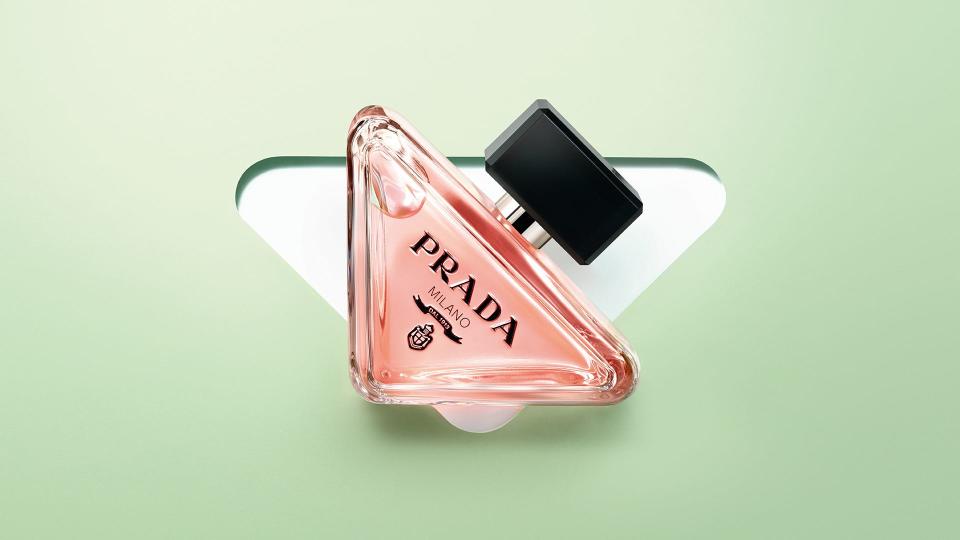
Salcedo reasoned that traditional, aspirational styles of cosmetics and fragrance marketing are still relevant with Gen Z — just in different formats. “When you look at fragrance content on TikTok, the storytelling and marketing of fragrance is still selling a feeling and an aspiration. And that hasn’t changed, other than that the type of content is changed. You can now do that in video formats,” Salcedo said. “You can leverage it much more broadly and in a much more targeted way.”
Salcedo agreed that luxury was striking a chord with Gen Z across categories, noting it started with a boom in high-end fragrances during the pandemic. “Then we also have the growth in brands like Chanel and Dior that have a more traditional tri-axis approach, where you have skin care, fragrance and makeup… Gen Z is engaging with all categories in our offering,” she said.
According to the Piper Sandler survey, Ulta Beauty retained its leadership spot as the preferred beauty retailer for consumers aged 18 to 25, with specialty retail being the top channel. In e-commerce, the top-ranked site was Amazon, where luxury is also gaining traction with the cohort.
“Gen Z’s influence on premium beauty is a trend we are also noticing. The Gen Z shopper has high expectations around their values,” said Ali Kole, general manager of Amazon Premium Beauty. “They shop their values, they look for beauty experiences and brands that are aligned. Heritage brands can offer that as well.”
Part of what’s worked at Amazon is marrying luxury experiences with online ease, like elevated storefronts for brands like Lancôme. “Gen Z has grown up with our store, and it has been a part of their lives since they’ve been shopping, and so for connecting the brands and products they want to give them an elevated shopping experience,” said Kole. “That lets them research and discover in a way that’s on their terms.”
Accessibility doesn’t just translate to a brand’s retail footprint, however. “It could be TikTok, it could be Instagram, but digital accessibility makes a product feel like, ‘Oh, I can use that, I can see myself using that,’” Grant said.
Gen Z’s propensity toward higher-end brands is also creating a significant shift in what’s selling. “In the makeup market, traditionally, it was about foundation, mascara and lipstick. Today, the category is very much driven by blushes, highlighters, concealers and products that are hard to understand how to use. Through moments online, Gen Z understands those much more clearly, and that makes the product much more approachable and accessible,” Grant said.
That dynamic is also creating a significant shift within categories. “Blushes are growing faster than foundations — all of those face products are as big as foundations,” said Grant. “So now, you have this change in behavior driven by Gen Z. In skin care, categories that were never big in luxury skin care, like sun care, where Gen Z is engaged in the value of using sunscreen every day, are really driving luxury beauty.”
The marketing piece has become increasingly complex, with companies working on shorter timelines to better spark viral momentum on social media, in addition to traditional vehicles to propel brand awareness.
That has also heralded a range of ambassadors, such as the roster of Gen Z talents Dior has tapped to promote Gris Dior, for instance, or Armani Beauty’s hiring of Lukas Gage, Chase Stokes and Camila Mendes, among others.
“All media is valuable. That’s the bottom line,” Hudis said. “It’s not one versus another, but aspiration matters. The top of the funnel matters, creating the belief system matters.”
Added Grant, “For me, it’s both. You need that yacht in the Caribbean with the beautiful sea behind you. But it has to be very much married with this approachability and these moments I can see myself in.”
Best of WWD

